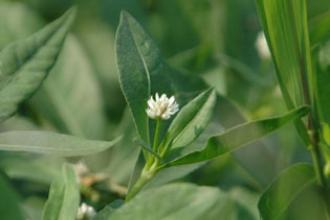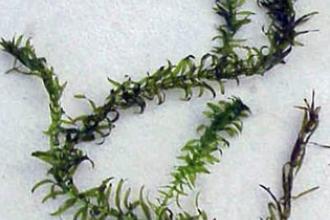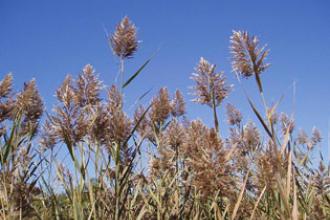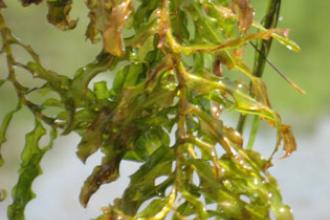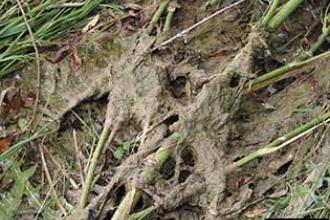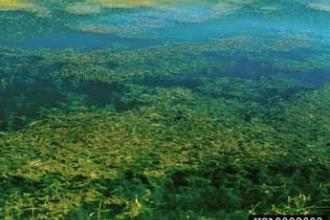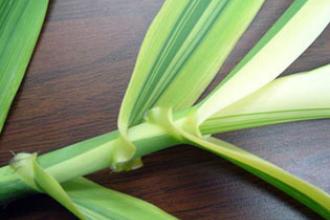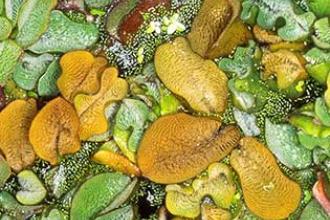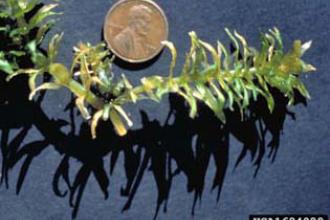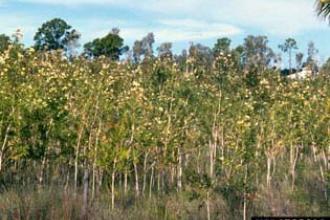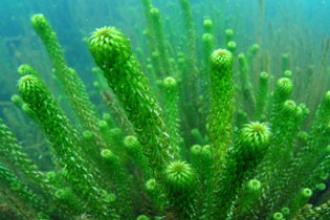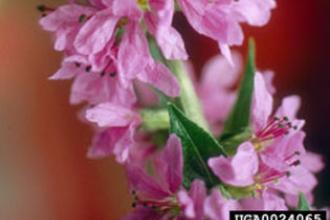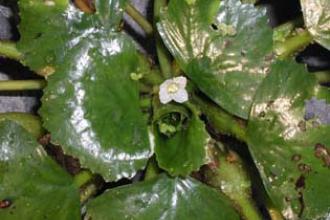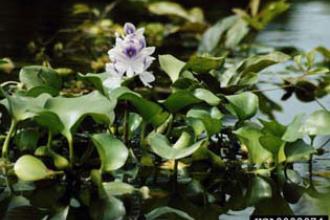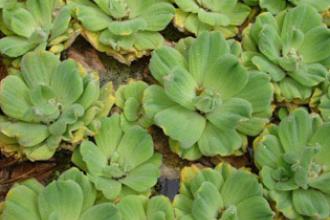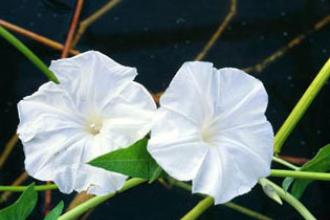Aquatic Plants
Invasive aquatic plants include plants (members of the kingdom Plantae) and algae (primitive organisms that contain chlorophyll) that grow partially or entirely submerged in water. This includes plants that are rooted in the sediment with part or all of the plant underwater, as well as plants that float freely without contacting the sediment (Anderson 2011; Smith 2011). Aquatic plants may invade both marine and freshwater environments, including habitats such as wetlands, lakes, rivers, estuaries, coastal zones, irrigation systems, hydroelectric systems, and aquaculture facilities (Anderson 2011).
See also: Terrestrial Plants
Citations:
- Anderson, L.W. 2011. “Freshwater plants and seaweeds”. In: Simberloff, D. and M. Rejmanek. Encyclopedia of Biological Invasions. Berkeley: University of California Press.
- Smith, J.E. 2011. “Algae”. In: Simberloff, D. and M. Rejmanek. Encyclopedia of Biological Invasions. Berkeley: University of California Press.
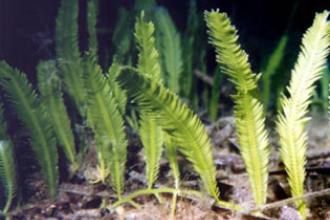
Caulerpa, Mediterranean Clone
Caulerpa taxifolia (Vahl) C. Agandh (ITIS; name is accepted but unverified)
Species Information Disclaimer
NISIC provides general information about species considered to be invasive and our information does not have any regulatory implications. There are more than 6,500 invasive species established across the United States. The large numbers of invasive species prevent us from maintaining detailed information on all invasive species. In addition, determining the invasiveness of a species depends on a number of local factors, including type of habitat. The species profiles included on NISIC's site are intended to be an educational resource and should not be considered to be an official list of invasive species by the U.S. Department of Agriculture.

